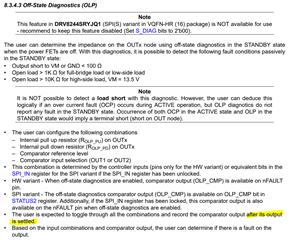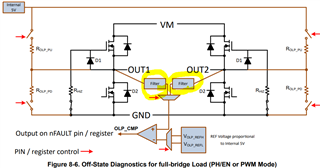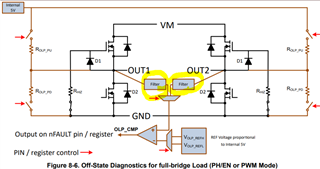Hello team
When we do the OLP, how long should we wait to get the true OLP CMP Output?
There is a description of the "record the comparator output after its output is settled."
And there seems a filter circuit at the input of the comparator.
So I assume we should wait for a certain time to get true value of the OLP CMP output.


Thanks in advance.
Regards,
Hirata




